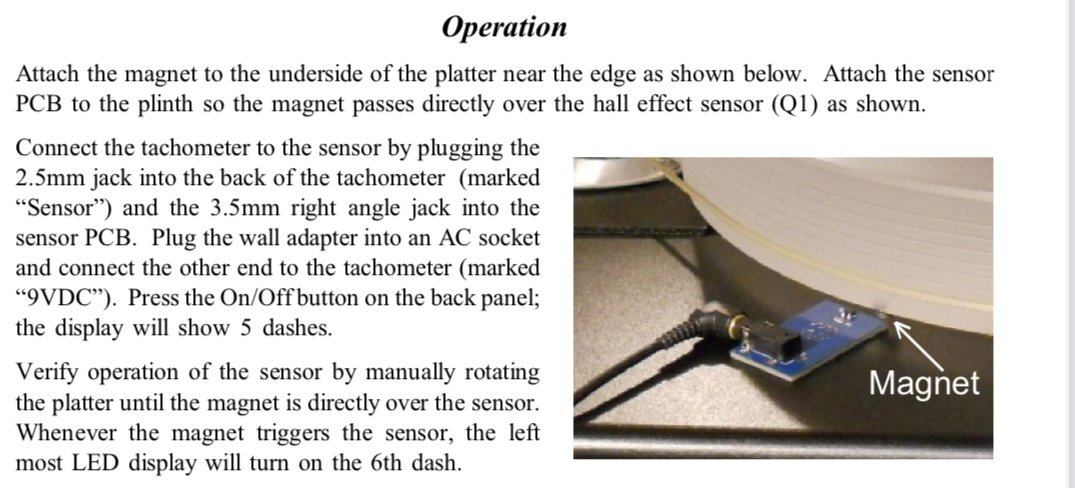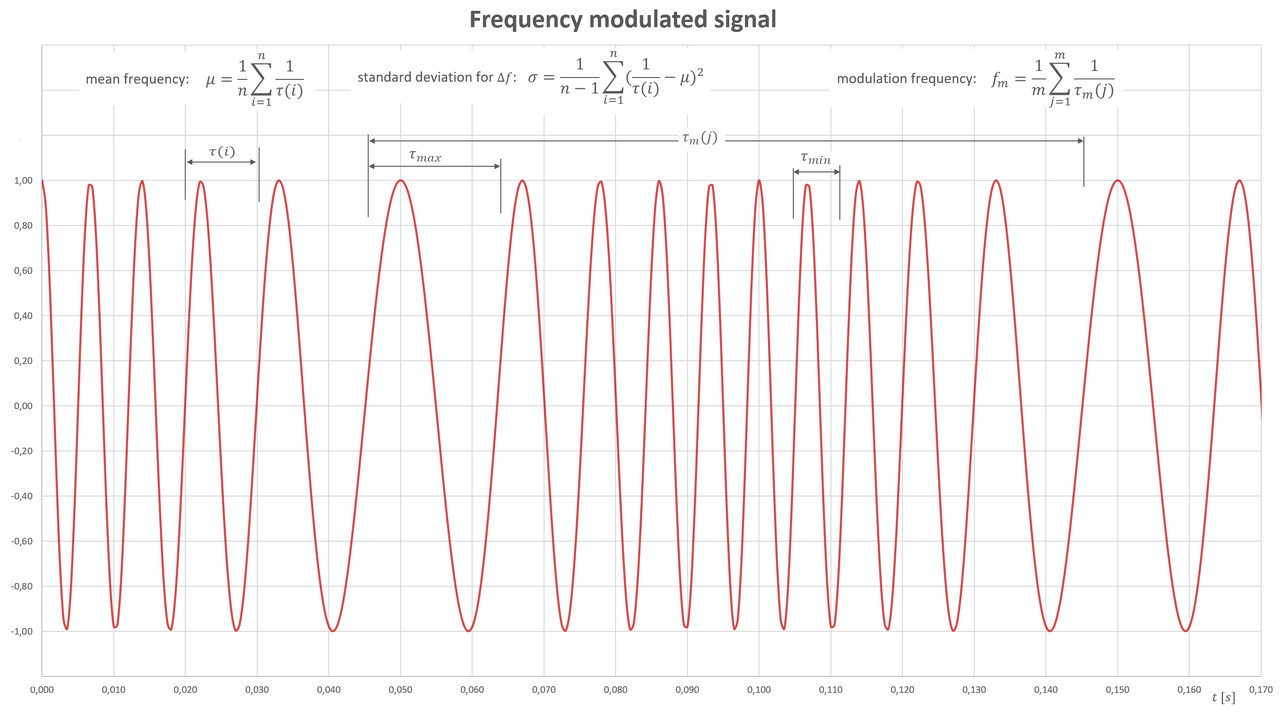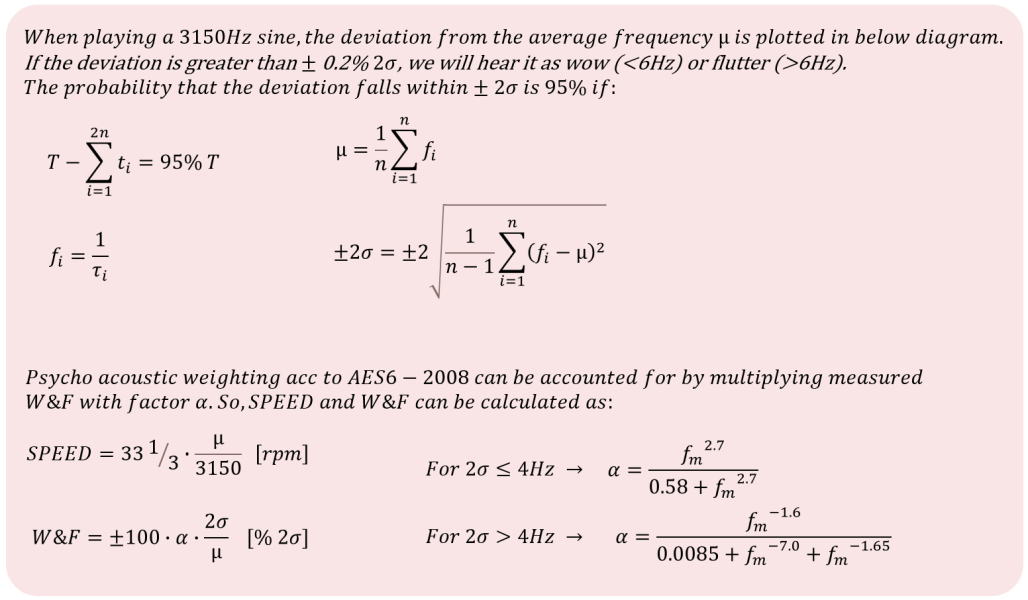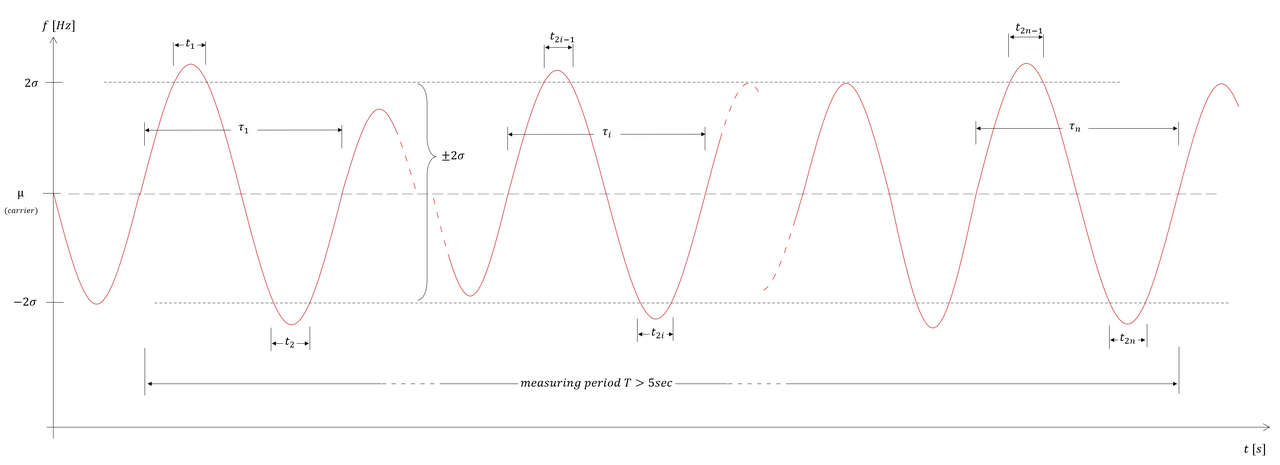I understand, thank you. But I don't want to glue something to the platter.
Mine came with an adhesive like double stick tape. Easy to attach and remove. Alcohol wipe and no residue. Gone with no trace.
I understand, thank you. But I don't want to glue something to the platter.
The RoadRunner is excellent and is easiest. It is no longer available.
The sensor needs to be placed underneath the platter. I used a small piece of wood to which I attached the sensor and I placed it behind the plinth with a small patch of blue tack between the piece of wood and the platform so the sensor would not move.

If I understand correctly you use a block of wood to raise the sensor above the plinth (1 24/32") so it reaches to within 1/8" of the magnet on the bottom of the platter?
Did you glue or double-stick tape the block of wood in place on the plinth? (I am afraid it will look DIY.)
View attachment 119369
Yes. The block of wood was not on the plinth but on the platform on which my Balance TT was residing. I used a very small patch of Blue Tack to make it stick to the platform. The magnet is delivered with a soft removable glue.
I did use the RPM app back then but I can’t recall the details now. I think the numbers were comparable.@djsina2 enquiring minds would love to know how you got on with a comparison of RPM app and the Shaknspin?
It’s percentage w&f. Which means your turntable’s w&f is 0.10%. The measurement standard is probably RMS. RPM measurement depend highly on accelerometers inside the iphone and vary between phones. Latest iphones show higher numbers old iphones and probably android phones show lower number. IME iphone 6s was measuring 0.06% while iphone 12 measuring 0.09%.in the RPM app i have been getting "w/f%" down to 0.10. the only issue is i have no idea what the metric represents as the RPM app is mum on the topic (possibly).

Have you tried AnalogMagik Ron ?The cellphone apps suck!
I'm tired of the KAB.
I just ordered a Shaknspin 2!
Above are some examples with Shaknspin data for different turntables. The data from the app can be transferred to Excel, and I massaged the data there for the presentation above.



That's awesome. Any chance you'd share your excel sheet?
Above are some examples with Shaknspin data for different turntables. The data from the app can be transferred to Excel, and I massaged the data there for the presentation above.
Below my Denon 51F DD
Shaknspin is very useful , especially if you have a belt drive since they vary more and drift compared to DD,
View attachment 133753
The plots above is my Denon 51F and it is has better stability than a new Technics 1200GR that Fremer published Shaknspin test on.
Thanks to Shaknspin I was able to get reliable speed data and then I could -by trial and error on leveling and belt tension - reduce wow from 0.2% to 0.05% in my Belt drive Michell Gyro, values for the phone app for you to compare
Note: My Shaknspin absolute speed can be off , 33.42 is 33.33 on strobedisk.
Many of the phone apps do not present DIN or JIS W&F values, just the variation in%. See the Shaknspin documentation for explanations and definitions. Without a reference to the method or standard a simple % value can be very misleading. What I look for is Peak Wow that is close to the 2S value( 95% of the data are less than the 2S value) . This is a good indicator of the speed quality and can be compared directly with most phone apps Wow value. The DIN and JIS (WRMS) values will be lower numbers but can also hide many problems that are obvious in a time plot as given at the top
| Steve Williams Site Founder | Site Owner | Administrator | Ron Resnick Site Owner | Administrator | Julian (The Fixer) Website Build | Marketing Managersing |






